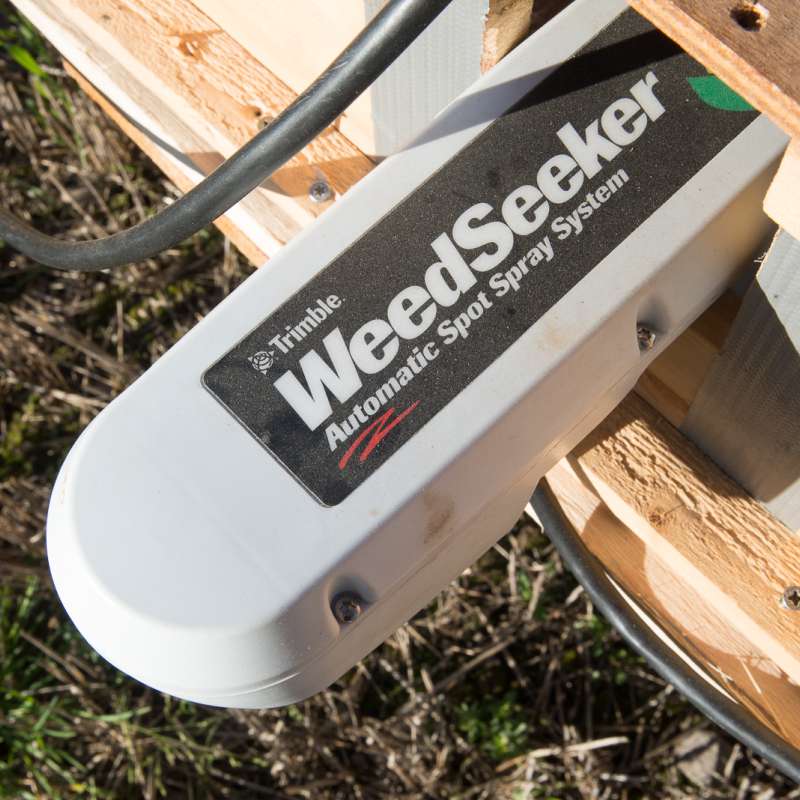Precision plant protection
.jpg?quality=60)
Photo: Morten Günther/NIBIO
Integrated Pest Management (IPM) involves using all available techniques and methods that can be combined to keep the population of plant pests (e.g., weeds, insects, and plant diseases) below the threshold for economic damage. The use of new technology that enables site-specific control is a key principle in IPM and an important focus of our research. We have worked across a broad spectrum of topics, from mechanical weed control using sensor-guided row cleaning and harrowing to targeted herbicide application using cameras mounted on field sprayers, robots, and drones.
By utilizing data and technology to apply pesticides or non-chemical pest control measures only where necessary, the amount of pesticides used can be reduced.
To achieve this, sensor-based systems are needed to identify plant pests or their symptoms in combination with validated data-driven decision models, geographic information systems, and advanced equipment for precise and accurate implementation of control measures.
Precision pest management can contribute to reduced pesticide use, less soil and water contamination, and lower costs for farmers while maintaining crop yield and quality.
In-depth knowledge of agronomy and plant pests is essential for developing and utilizing new technology in this field. With our combination of researchers in plant science, plant health, and technology, we are well-equipped to work on a wide range of projects within precision pest management.
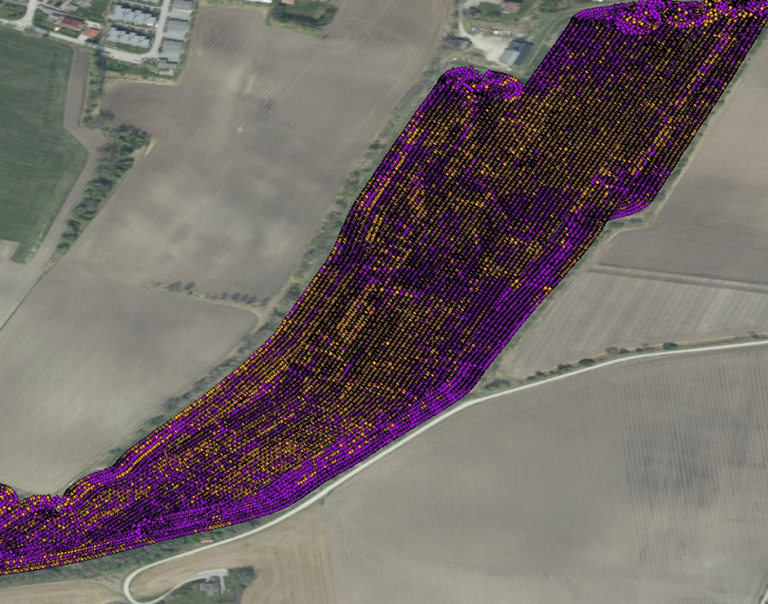
Illustration: Therese W. Berge
Contacts
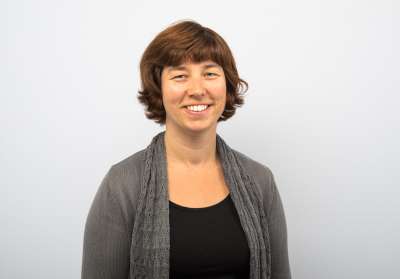

Jiangsan Zhao
Research Scientist
-
Division of Food Production and Society
(+47) 413 23 321 jiangsan.zhao@nibio.no Office Location: Apelsvoll
Contacts


Jiangsan Zhao
Research Scientist
-
Division of Food Production and Society
(+47) 413 23 321 jiangsan.zhao@nibio.no Office Location: Apelsvoll
Publications
Authors
Ingeborg Klingen Nils Bjugstad Therese With Berge Krzysztof Kusnierek Hans Wilhelm Wedel-Jarlsberg Roger Holten Anette Sundbye Lene Sigsgaard Håvard Eikemo Kirsten Tørresen Valborg KvakkestadAbstract
No abstract has been registered
Abstract
No abstract has been registered
Abstract
Weeds affect crop yield and quality due to competition for resources. In order to reduce the risk of yield losses due to weeds, herbicides or non-chemical measures are applied. Weeds, especially creeping perennial species, are generally distributed in patches within arable fields. Hence, instead of applying control measures uniformly, precision weeding or site-specific weed management (SSWM) is highly recommended. Unmanned aerial vehicle (UAV) imaging is known for wide area coverage and flexible operation frequency, making it a potential solution to generate weed maps at a reasonable cost. Efficient weed mapping algorithms need to be developed together with UAV imagery to facilitate SSWM. Different machine learning (ML) approaches have been developed for image-based weed mapping, either classical ML models or the more up-to-date deep learning (DL) models taking full advantage of parallel computation on a GPU (graphics processing unit). Attention-based transformer DL models, which have seen a recent boom, are expected to overtake classical convolutional neural network (CNN) DL models. This inspired us to develop a transformer DL model for segmenting weeds, cereal crops, and ‘other’ in low-resolution RGB UAV imagery (about 33 mm ground sampling distance, g.s.d.) captured after the cereal crop had turned yellow. Images were acquired during three years in 15 fields with three cereal species (Triticum aestivum, Hordeum vulgare, and Avena sativa) and various weed flora dominated by creeping perennials (mainly Cirsium arvense and Elymus repens). The performance of our transformer model, 1Dtransformer, was evaluated through comparison with a classical DL model, 1DCNN, and two classical ML methods, i.e., random forest (RF) and k-nearest neighbor (KNN). The transformer model showed the best performance with an overall accuracy of 98.694% on pixels set aside for validation. It also agreed best and relatively well with ground reference data on total weed coverage, R2 = 0.598. In this study, we showed the outstanding performance and robustness of a 1Dtransformer model for weed mapping based on UAV imagery for the first time. The model can be used to obtain weed maps in cereals fields known to be infested by perennial weeds. These maps can be used as basis for the generation of prescription maps for SSWM, either pre-harvest, post-harvest, or in the next crop, by applying herbicides or non-chemical measures.
Abstract
No abstract has been registered
Projects
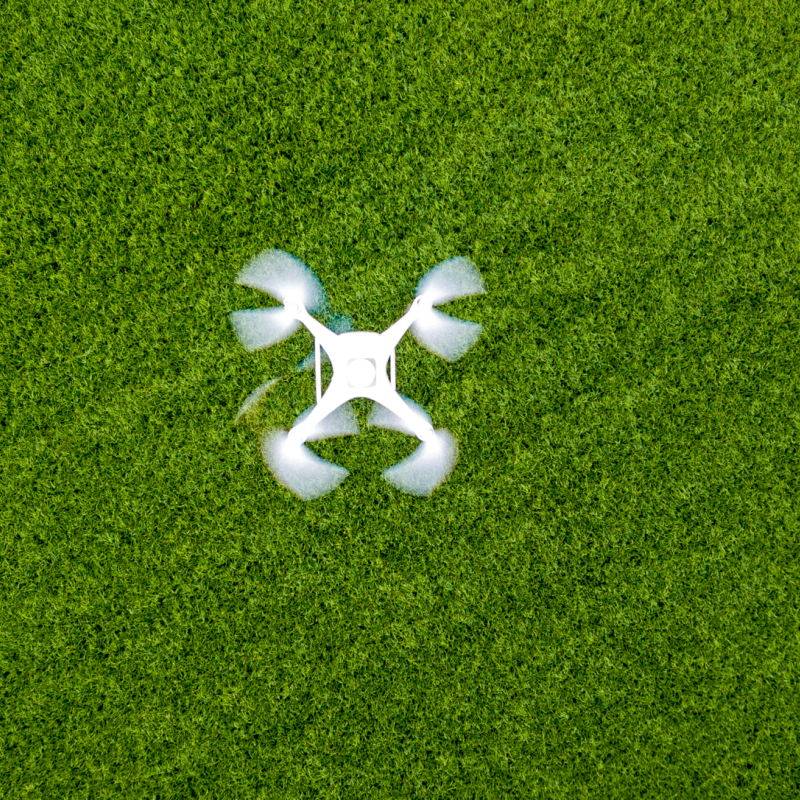
Division of Food Production and Society
PRESIS
I PRESIS, et nytt femårig samarbeidsprosjekt, skal NIBIO være med å videreutvikle teknologiske løsninger for enda bedre presisjonsjordbruk, og samtidig sørge for at løsningene kommer ut i praksis til gårdene.
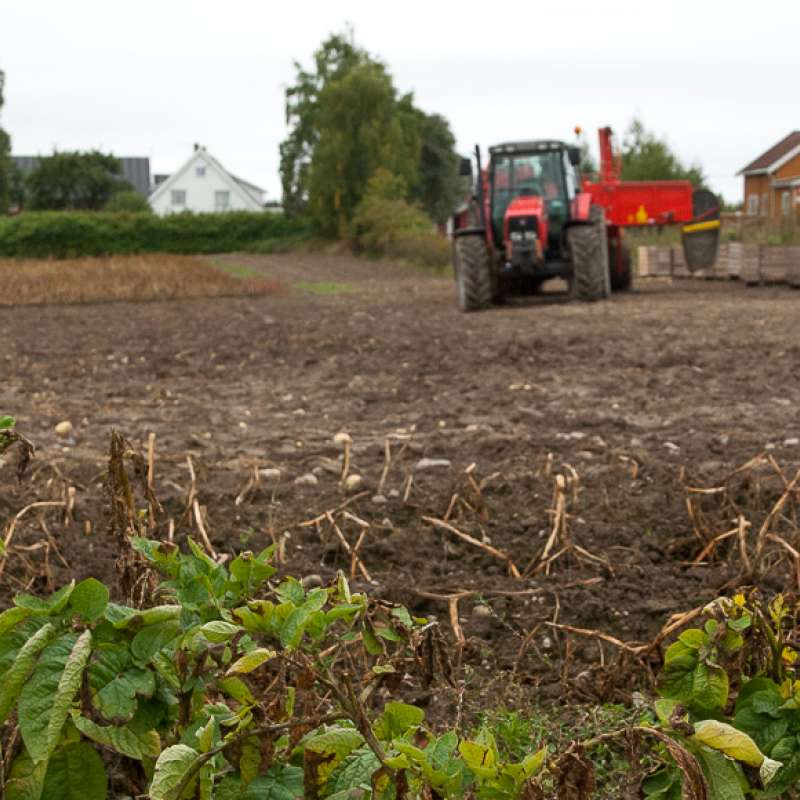
Division of Biotechnology and Plant Health
SOLUTIONS: New solutions for potato canopy desiccation, control of weeds and runners in field strawberries & weed control in apple orchards
Efficient measures for weed control and similar challenges are vital to avoid crop loss in agriculture. National supply of food, feed and other agricultural products depends on each farmer’s success managing their fields and orchards. The recent loss of the herbicide diquat, and the potential ban on glyphosate, - both important tools for farmers -, raise a demand for new measures for vegetation control. Efficient alternatives to herbicides are also important tools in Integrated Pest Management (IPM). Norwegian growers need to document compliance to IPM since 2015 to ensure minimum hazards to health and environment from pesticide use.
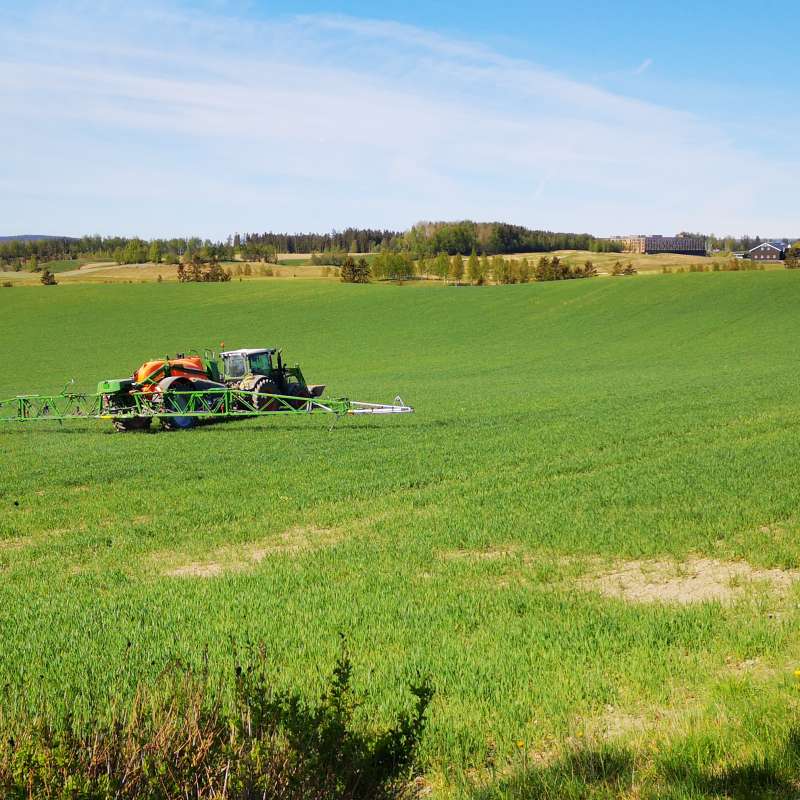
Division of Biotechnology and Plant Health
PresiHøstkorn: Redusert forbruk av ugrasmidler i korn - skadeterskler for presisjonssprøyting i høstkorn
Ugras er svært ofte flekkvis fordelt i åkeren. Korn er en konkurransesterk kultur og tåler en god del frøugras før det får negative konsekvenser. Det vil si at det eksisterer skadeterskler som angir hvor i åkeren ugrastiltak er nødvendig. Presisjonssprøyting (automatisk sensor-basert flekksprøyting) er å ta hensyn til den flekkvise utbredelsen av ugraset i åkeren. Dette vil redusere forbruket av ugrasmiddel betydelig i forhold til vanlig praksis (breisprøyting). På sikt forventes presisjonssprøyting å redusere forbruket av frøugrasmiddel med minst 50 %.
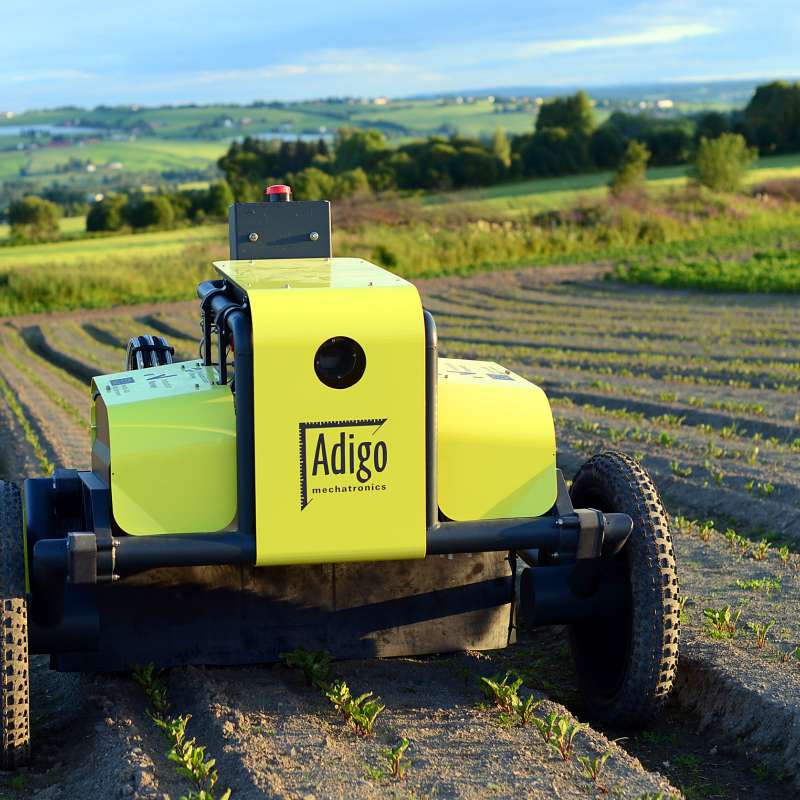
Division of Biotechnology and Plant Health
VEGINN: Innovasjon for bedre ugresskontroll i grønnsaker
